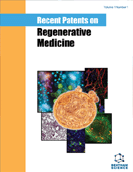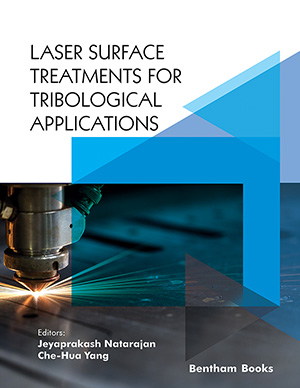Abstract
Experimental works in the field of reconstructive plastic surgery have been especially focused in restorative procedures based on flaps and peripheral nerve regeneration. Those involving the use of VEGF gene therapy showed generated particular interest but also many significant conclusions in both fields of reconstructive surgery which are currently introducing in the operating room. Interestingly, composite tissue allotransplantation methods joined the possibility to perform anatomical and functional reconstructions, since skin, muscle or bones can be transferred together, but also the concomitant nerves, which will be responsible to produce the movements of these transplanted tissues like in facial transplantation or limb transplantation. During reconstructive surgeries involving flaps, partial or complete ischemia of tissues can be a common complication, especially after free tissue transfer. For this reason, there is always a reasonable risk of flap necrosis that can lead to the loss of the reconstructive procedure due to venous or/and arterial insufficiency. On the other hand, after nerve damage, axons distal to the nerve crush begin to degenerate. As a consequence, the functional connections between motor axons and muscles are finally damaged leading to progressive muscle atrophy. When nerve continuity is repaired, the proximal stumps of injured axons are in condition to sprout within the distal nerve stumps. Experimental studies demonstrated the utility and efficiency of growth factors in stimulating neoangiogenesis in order to improve flap survival as well as in the promotion of axonal sprouting which is an important point for nerve regeneration. Among the ones, the Vascular Endothelial Growth Factor (VEGF) has shown to be an efficient therapeutic agent in both fields. Gene therapy based on adeno-associated viruses, liposomes or nanoparticles is the accepted method to develop the new angiogenesis and nerve promotion as these carriers are able to efficiently deliver therapeutic genes to flaps and nerves. Nevertheless, there are still many obstacles to be solved like the therapeutic maintenance of VEGF production along the period of time necessary to perform the desired effects, but also the use of VEGF as a preventive factor to avoid flap failure in reconstructive procedures. This reviews describes the advances in regenerative medicine in flap and nerve surgery using VEGF gene therapy and related patents.
Keywords: Adenovirus, flaps, gene therapy, liposomes, nanoparticles, nerve regeneration, peripheral nerve, reconstructive surgery, VEGF.
 14
14




